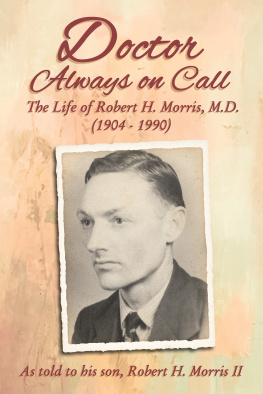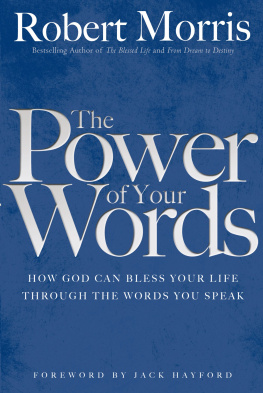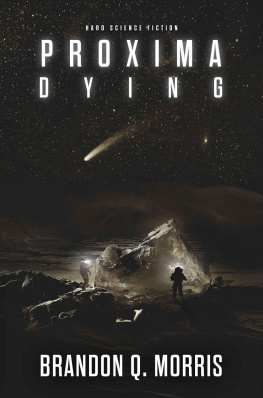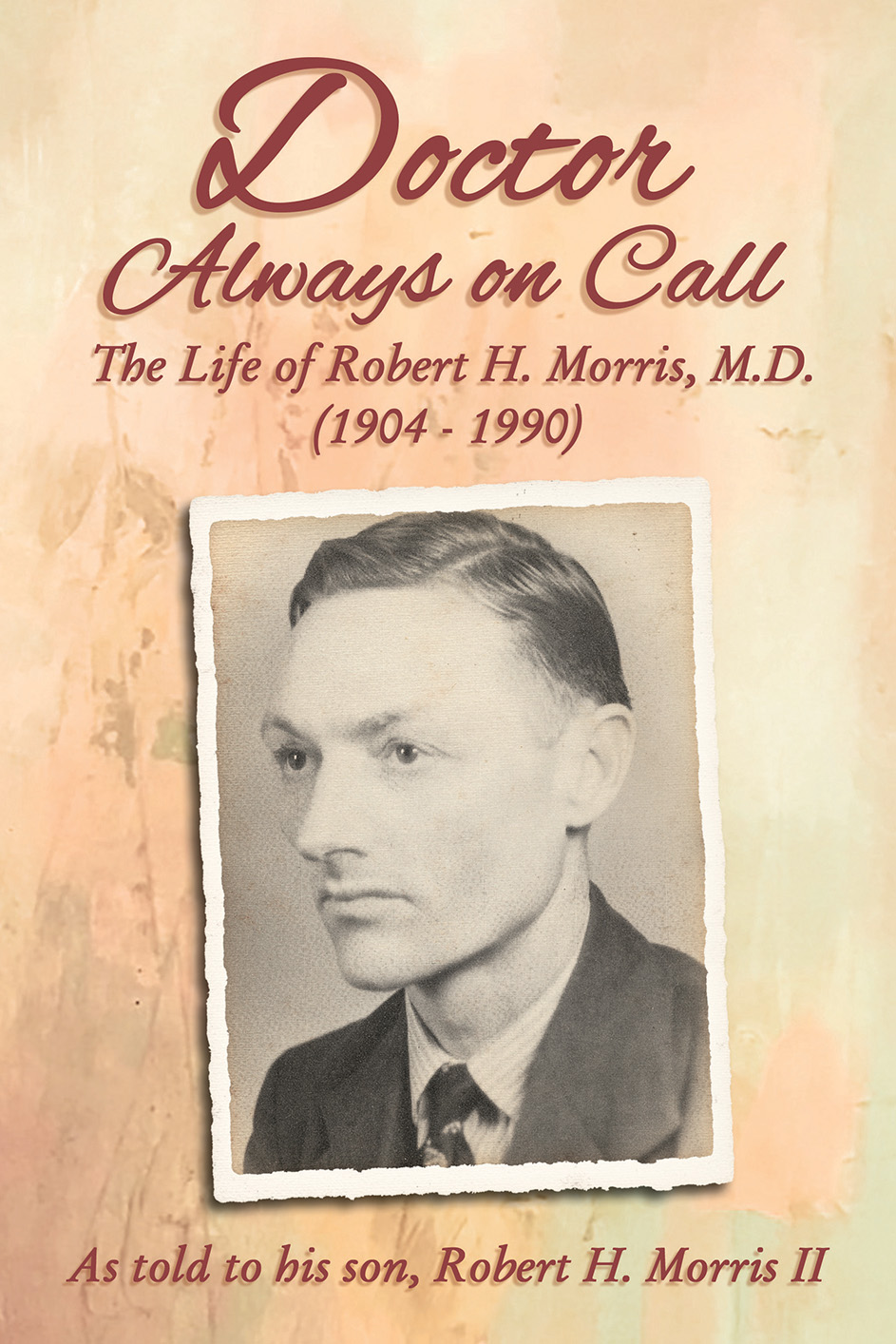D OCTOR A LWAYS
O N C ALL
D OCTOR A LWAYS
O N C ALL
The Life of Robert H. Morris, M.D.
(1904-1990)
as Told to His Son,
Robert H. Morris II

2019 Robert H. Morris II
Doctor Always On Call
The Life of Robert H. Morris, M.D. (1904-1990)
as Told to His Son, Robert H. Morris II
All rights reserved. No portion of this book may be reproduced, stored in a retrieval system, or transmitted in any form or by any meanselectronic, mechanical, photocopy, recording, scanning, or otherexcept for brief quotations in critical reviews or articles, without the prior written permission of the publisher.
Published in Nashville, Tennessee, by Elm Hill, an imprint of Thomas Nelson. Elm Hill and Thomas Nelson are registered trademarks of HarperCollins Christian Publishing, Inc.
Elm Hill titles may be purchased in bulk for educational, business, fund-raising, or sales promotional use. For information, please e-mail .
Library of Congress Cataloging-in-Publication Data
Library of Congress Control Number: 2018966637
ISBN 978-0-310103820 (Paperback)
ISBN 978-0-310103837 (Hardbound)
ISBN 978-0-310103844 (eBook)
Information about External Hyperlinks in this ebook
Please note that footnotes in this ebook may contain hyperlinks to external websites as part of bibliographic citations. These hyperlinks have not been activated by the publisher, who cannot verify the accuracy of these links beyond the date of publication.
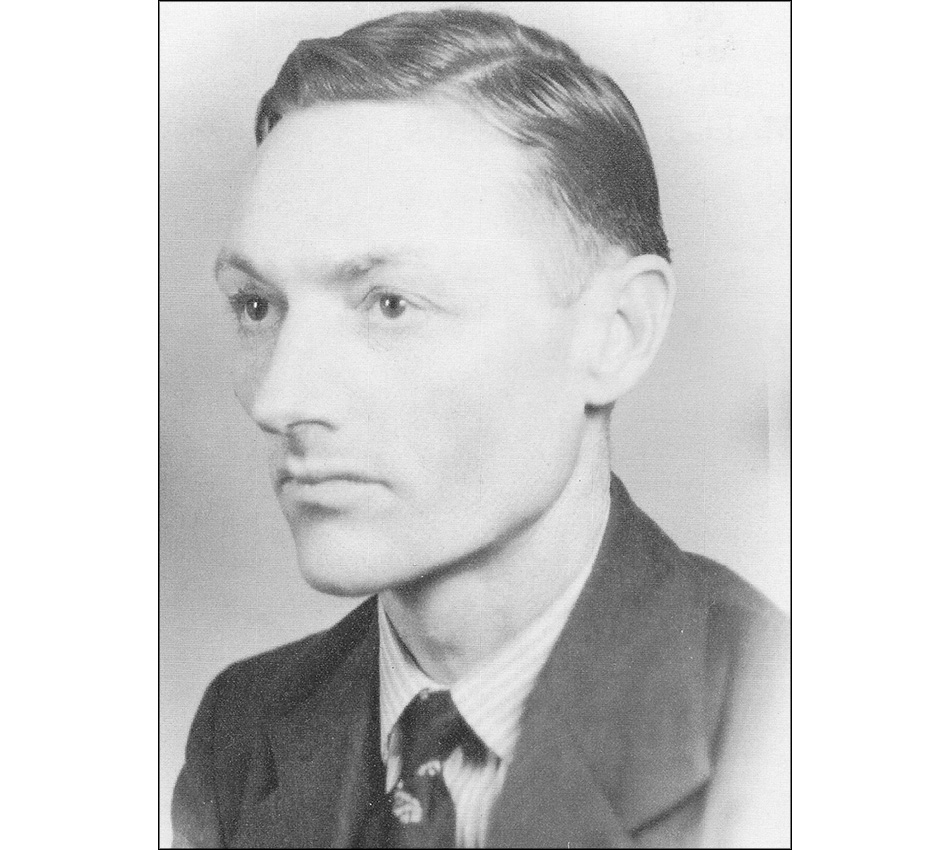
Frontispiece: Robert H. Morris, M.D., at age 39. On back is written: Robert Morris 2/9/44 To My Dad. At this point, Dr. Morris had been in Medina almost seven years and had four children; his fifth and last child would be born just nine months later. Made at Farleys Portrait Studio in Chattanooga, Tennessee, apparently on a visit to Dr. Steven Byars family.
The publishers of Dr. Robert Morriss autobiography dedicate it to his descendants now living and to those yet to be born, to his other relatives, to his medical colleagues, and to the people in and around Medina, Tennessee, whom he served and whose love sustained him.
W HETHER L IFE G RINDS A M AN D OWN
OR P OLISHES H IM U P
D EPENDS U PON THE S TUFF
H E I S M ADE OF
(Printed on a card posted over Dr. Morriss desk for 25 years or more. The card is from Moore Companies / Allied Laboratories, Inc.; the cancellation stamp reads Jackson, Tennessee, July 4, 1945, and the address reads Dr. R.H. Morris, M.D. / Medina, Tenn.
C ONTENTS
Originally published in 1991 by our family as Memories of a Small-Town Doctor, a new title is needed because the first does not adequately convey the scope or depth of Dr. Robert Morriss medical practice. True, his life was centered in the small town or village of Medina, Tennessee (pop. 400-600 in the 1940s through the 1970s), but he made home visits from the 1930s up to about 1970 in five countiesthe last doctor to do so in our area. During his career he delivered some 2500 babies, most of these in the home, and to this day I meet people who fondly recall that Dr. Morris delivered them. He was also on the staff of three small nearby hospitals (one of which he was a founding partner until he sold his shares, feeling he was over-extending himself) as well as of the regional Jackson General Hospital. His picture and a bronze plaque with his name hung in the Jackson General Hall of Fame until the hall itself was removed some years ago during renovation. One year he was president of the consolidated medical association.
When he sent patients to these hospitals, he followed up by visiting them there; they were still his patients. The shingle outside his office billed his services as Medicine and Minor Surgery, but in the hospitals he helped in the ER, administered anesthesia, and assisted surgeons in major operations.
During World War II, he served the military by examining men as to their fitness for service, and did the same for personnel hired at the Milan Arsenal, a major ammunition plant just five miles away.
Dad charged low fees: $1 for a prescription, $3 for a full physical exam, $3 to $7 for a home visit, which might be 20 miles or more away. Payment sometimes was in the form of a watermelon or a cured ham. He charged $25 for a home delivery, involving multiple visits, and during the actual delivery he served as nurse as well, sitting hours by the patients side. I think that he identified with the poor farmers, black and white, who constituted the majority of his patients. In fact, he carried debts on his books for many years, and did not pursue the patients for payment unless he saw that they bought a new car or had increased their income without paying him. My four sisters and I picked cotton in the fall and bought most of our own school clothes. We thought Dad was downright stingy; we had to beg and wheedle to get a dime or quarter out of him for anything. He tithed his income, spent sparingly, invested in whole life insurance policies and in stocksfor the most part wiselyand in the end left Lillie, his wife, a nice nest-egg which, after her death, came largely intact to us children. But he didnt aim at being rich. In his will he declared, All debts are forgiven. These, in the year of his death, 1990, may have amounted to some $100,000.
A devout Christian and Southern Baptist, Dad attended all services, chaired the deacon board, taught a mens Bible class for over 50 years, and at times sang in the choir. I often walked to his office, three blocks from our house, and if no patients were there, he would either be reading medical journals or preparing to teach his Sunday School lesson. He supported Bible teaching ministries he felt were sound, such as J. Vernon McGee and Billy Graham. He wasnt saintly, but if he had a problem with someone, he would confront him face to face, try to resolve the issue, then drop it.
Dad was not a workaholic. A regular nap after lunch helped keep his body in balance. Although toughened to hard work on the farm as a boy, he loved to relax. As a young man he played the piano. He played basketball in his youth, and baseball past the age of 40, until he broke his heel bone. Rarely he might go hunting or fishing with friends. He played bridge with professional colleagues and neighbors. In later years, he enjoyed watching sports on TV, and he went to some football bowl games with friends. He loved to sit and tell stories, stories full of pain and humor, which gave me the idea for this book. He last worked a crop on the farm at age 26, and after settling in Medina grew a large and beautifully-kept garden that provided produce for his family of seven; he found this relaxing. In his 50s he once borrowed a mule, plow, and harrow, and broke up and harrowed his garden, proving he hadnt forgotten his farming skills. One time Dad made a trip to Washington, D.C., with his father, and in later years two trips out west with his wife and friends. The farthest he got was to Tijuana, Mexico, the only time he stepped foot outside the U.S. I recall him saying that once there he felt convicted that his patients needed him, so he took the next train back home, cutting the trip short.
In 1950 he built a neat, modest brick office, designed by Lillie, his artistic wife (a registered nurse), where he kept regular hours, with Saturday afternoons and Sundays offbut even those times subject to interruption by patients in need. I can personally verify that many times phone calls came in the middle of the night: Doc, my wifes going into labor or, Doc, somethings wrong with my baby. Hes having trouble breathing. Dad might protest at first that it could wait till morning, but if the patient persisted, hed always get up and go. And when he returned, hed go back to bed, then rise at his regular time, splash cold water on his face three times, shave, read the Bible and the newspaper while smoking (a habit he picked up at age 12 and only laid down in his 70s), eat breakfast, and start a new day. He was always on call. He had no backup or replacement. The health of the community was primarily on his shoulders alone.

